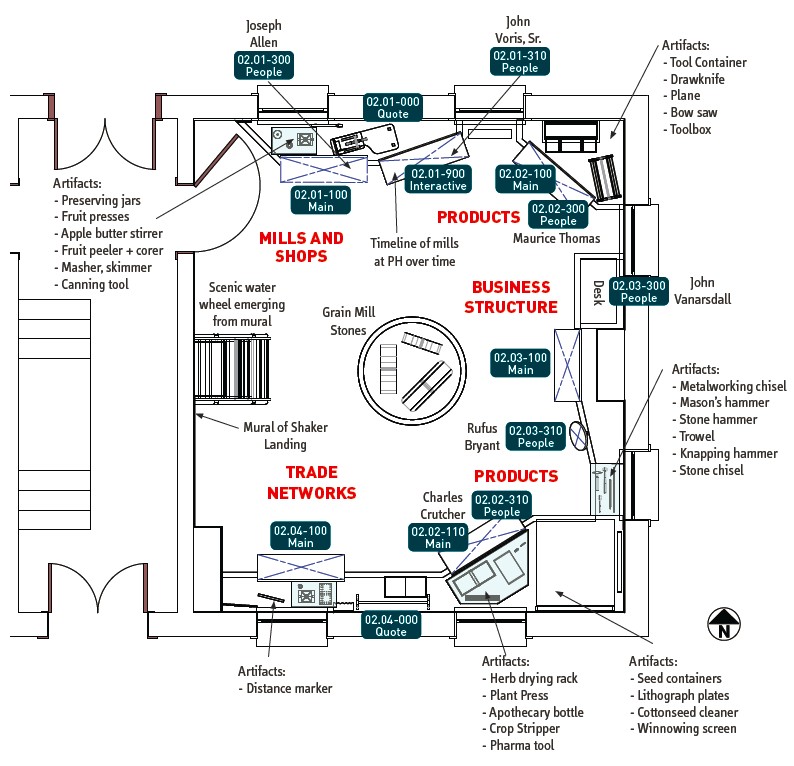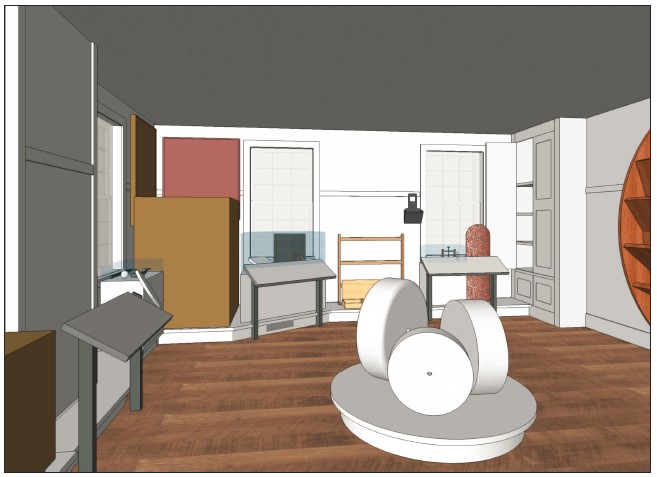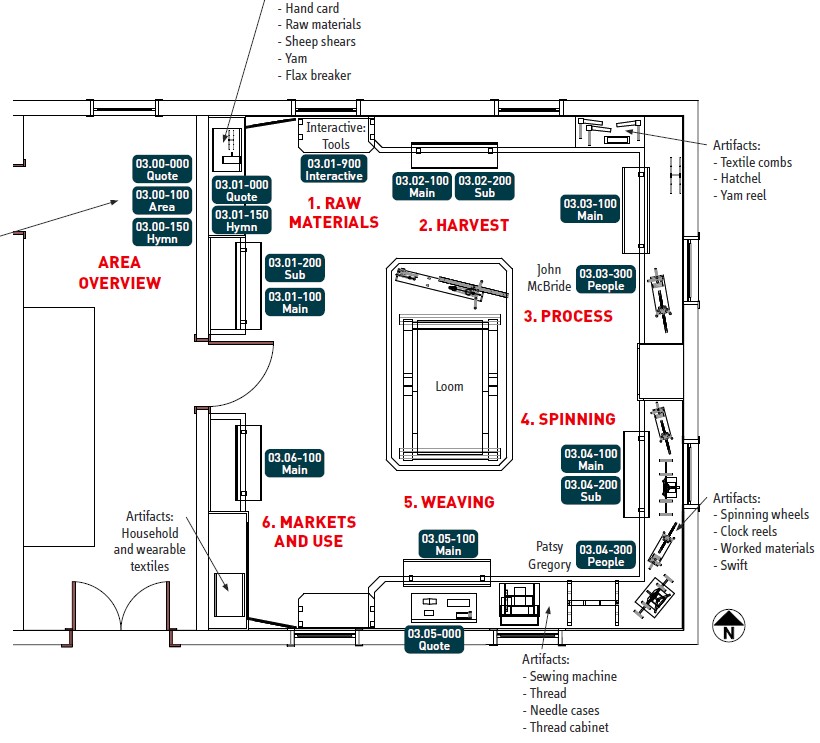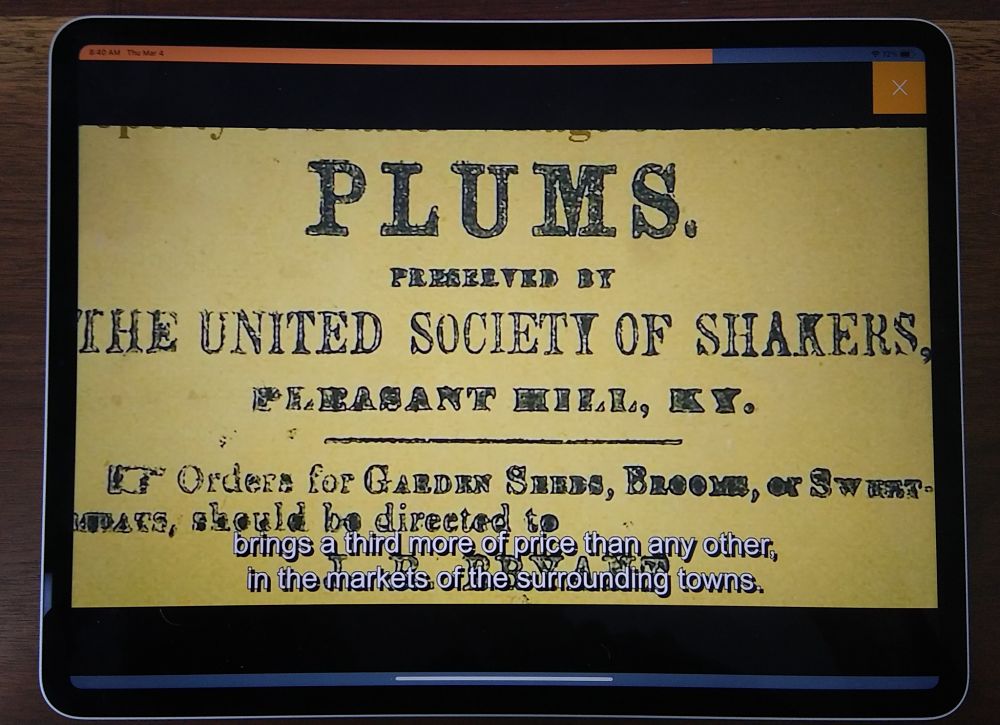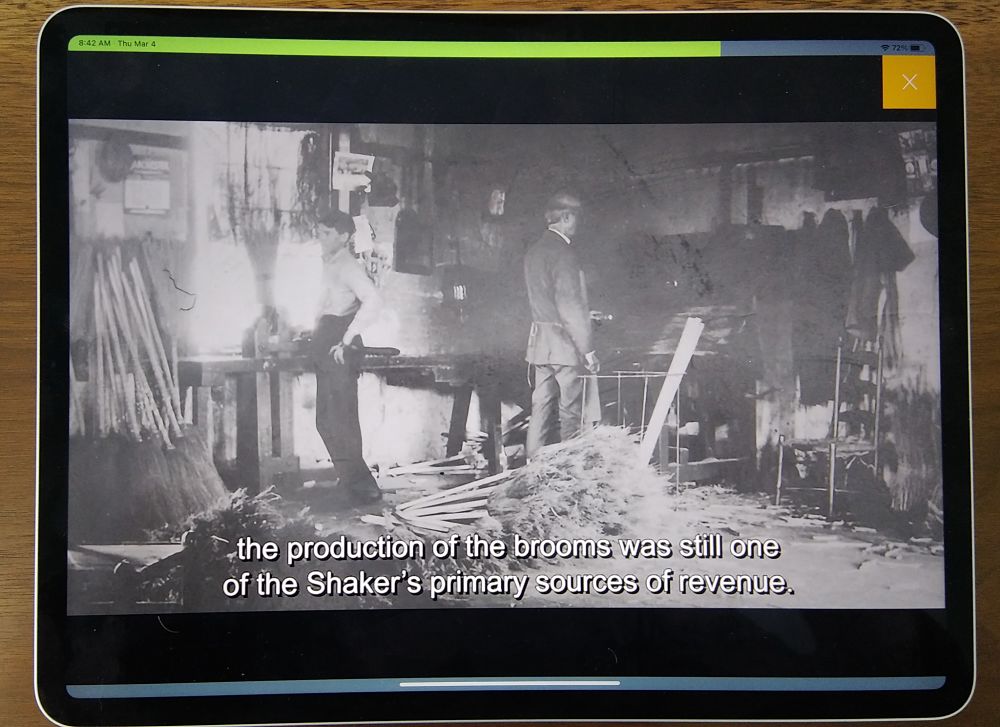Billy Rankin, VP of Public Programming and Marketing
This is the third part of our behind-the-scenes look at the development of Local Economies, Global Impacts, a new exhibition that will open this summer at Shaker Village.
Last month we introduced three main goals that the team at Shaker Village keeps in mind when developing any new exhibit:
- Tell a Meaningful Story
- Connect with Different Audiences
- Be Relevant
If you need to revisit how we craft our exhibit’s “story” and integrate it into the site’s larger interpretive plan, you can catch up here!
Today I’d like to spend some time on “connecting with different audiences.” Talk about a BROAD topic, right?!
A Diverse Audience
Each year Shaker Village has nearly 100,000 visitors to its historic property. These guests come from every imaginable background. Some are elementary students on field trips. Some are international travelers. Many come for their love of history, while some are dragged here because of a family member’s love of history!
Some of our guests will have trouble navigating the steps and historic sidewalks on our property, and some of them are unable to read the signage we hang up, or hear the voices of our staff.
With the universal impact of COVID-19 still being very real, many of our guests will be hesitant to join a group of strangers on a tour, or approach an Historic Interpreter with a question.
Shaker Village’s guests represent a broad cross-section of ethnicities, religions and backgrounds. And, every single one of our guests will come to our exhibit with a different perspective. To quote Obi-Wan Kenobi, “You’re going to find that many of the truths we cling to depend greatly on our own point of view.“
Just the Facts
So, how do we account for all of these different perspectives when trying to fulfill our mission to inspire generations through discovery by sharing the legacies of the Kentucky Shakers?
We start by sticking to the story we know. It’s important for museums like Shaker Village to share facts. This isn’t always easy. Often history is muddy and mysterious. Our team of scholars work hard to check and double-check their sources. We guard against jumping to conclusions, and select the words we use very carefully so they are not easily misinterpreted. It is tempting in this “editorial age” to lead a narrative in the direction you’d like it to go. Aside from this being unethical, it also defeats the purpose of studying our history. How do we learn from it, if we don’t look at it for what it is?
By sticking to the facts we allow ALL of our guests to trust the content they are being introduced to, and this trust provides the foundation for the connections we want to make.
People Learn in Different Ways
We’ve all seen it before. Someone may be a great student in class, but struggle with experiential projects. Another person may be able to grasp complex concepts quickly, but find difficulty staying engaged for a long period of time. Many people love watching historic documentaries, but were bored to sleep in their history classes.
When we develop a new experience at Shaker Village, we are committed to meeting people where they are, not where we want them to be.
To accomplish this, we layer in several different approaches when developing a new exhibit.
- Visuals, including: images, graphics, maps, videos and other multimedia
- Audio components that are both ambient and interpretive
- Text written without jargon, and kept as succinct as possible
- Tactile elements that allow guests to get hands-on
- Personal Stories that can make the content more relatable
- Programs, tours and workshops connected to the exhibit to add the personal touch and expertise of an Historic Interpreter
Not every visitor will engage with every method we use. That’s not even our intent. Our intent is to have at least one method that is engaging for every visitor.
A Spark of Inspiration
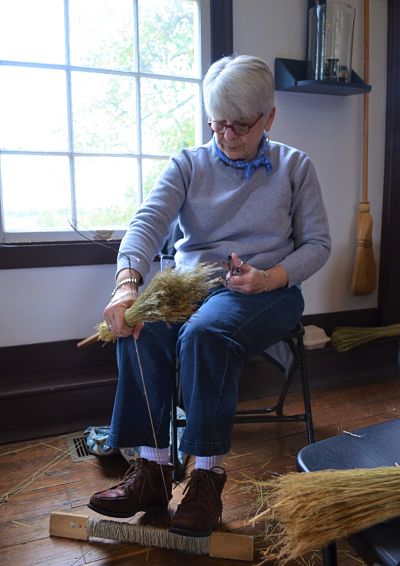
“Interpretation is revelation based upon information.”
– Freeman Tildan
So, what exactly is the point of learning about the industries and economy of the Shakers at Pleasant Hill? Well, here’s the secret. It’s not actually about the Shakers. It’s about you.
Throughout Local Economies, Global Impacts we will place questions, prompts and activities that allow visitors to question how the topic at-hand is relatable in their own life. For instance – we have relatively few examples of Shaker clothing, due to the fact that older clothes were often cut up and used to make rugs or other items. What do you do with your old clothes when you are done wearing them?
This is an “inquiry-based” method. Causing the visitor to consider a question and discover their own response. There is no correct answer. Only your answer. Pair with an interactive that allows you to see how others have responded to the same question (this is called user-generated content) and now we’re on to something!
Every exhibit and program we produce at Shaker Village contains a TON of information. Our goal is to move from information to inspiration. Guests might not remember everything they learned, but they will certainly remember how they felt.
Next Month: Learn how Local Economies, Global Impacts will use “universal” concepts to create a story that is relevant to a modern audience.
Local Economies, Global Impacts is funded in part through a Museums for America matching grant, administered by the Institute for Museum and Library Services.
